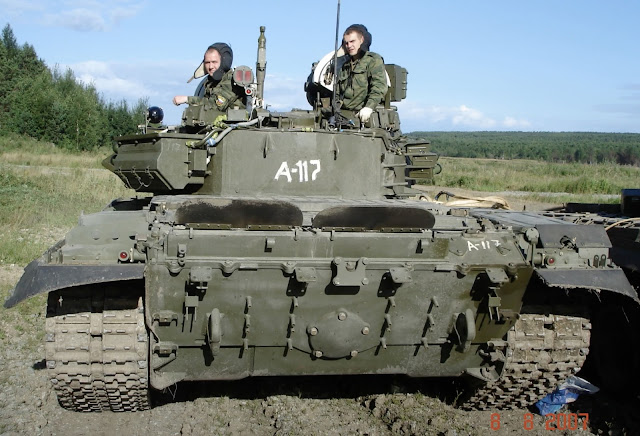GM-569 life support systems

The GM-569 series of tracked armoured vehicles is a universal platform created in 1978 by the Mytishschi Machine-Building Plant. In 1980, several modification variants of the GM-569 were made. The GM-577, GM-579 and GM-567. GM-577 and GM-567 are used as platforms to launch SAMs while the GM-579 is used as a mobile command post. In the 90s, a new generation of GM-569 chassis was laid out. In 1990 the GM-562, 1992 GM-5959, 1993 GM-5951 and GM-5952, in 1994 GM-5955 (chassis of the "TOR-M1") and in 1995 the GM-5975 (chassis of the "Tunguska-M1"). The hull structure comprises 3 segments; a crew compartment in the front, a central section (combat section) and an engine-transmission section, which are hermetically isolated. The GM-569 series strives far from its predecessor hull GM-575 used on the "Shilka", "Kub" and others. While the chassis is intended for larger combat modules as listed previously, the volume of the GM-569 is much larger, which remo

